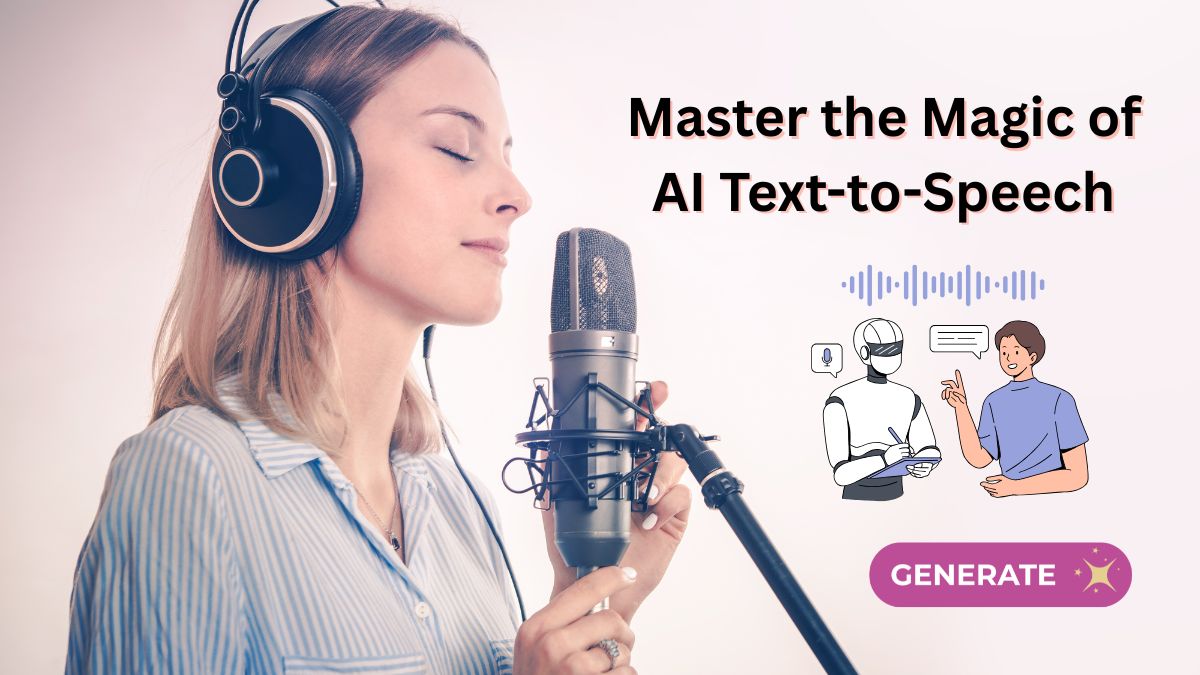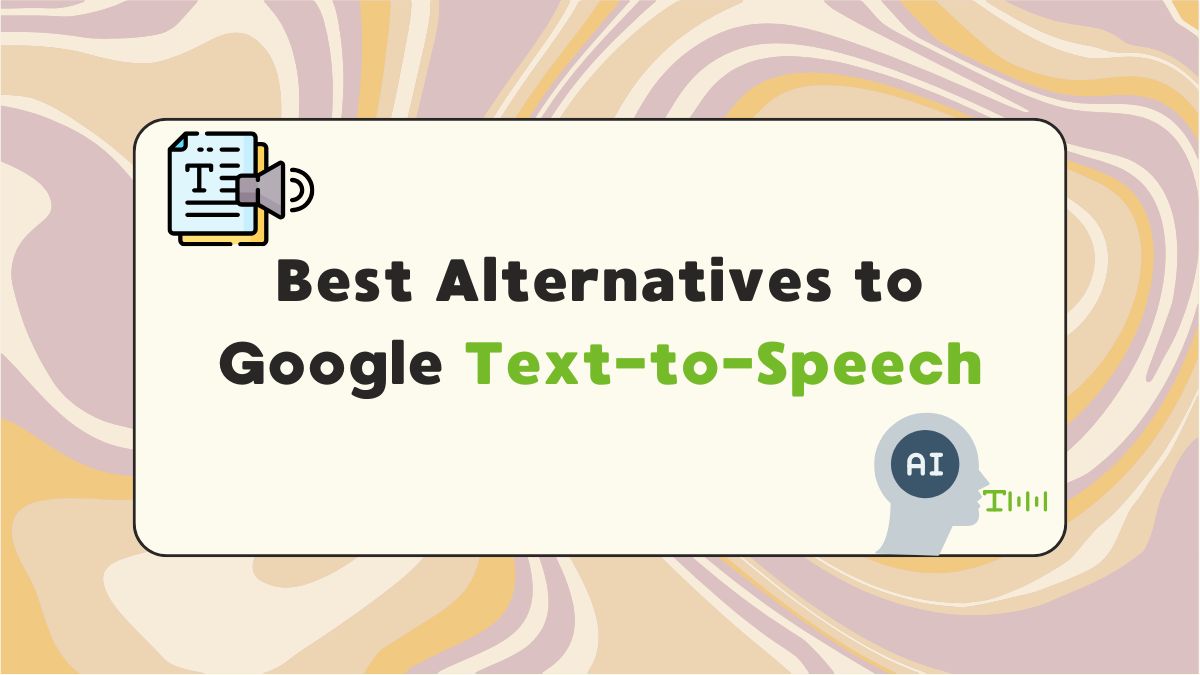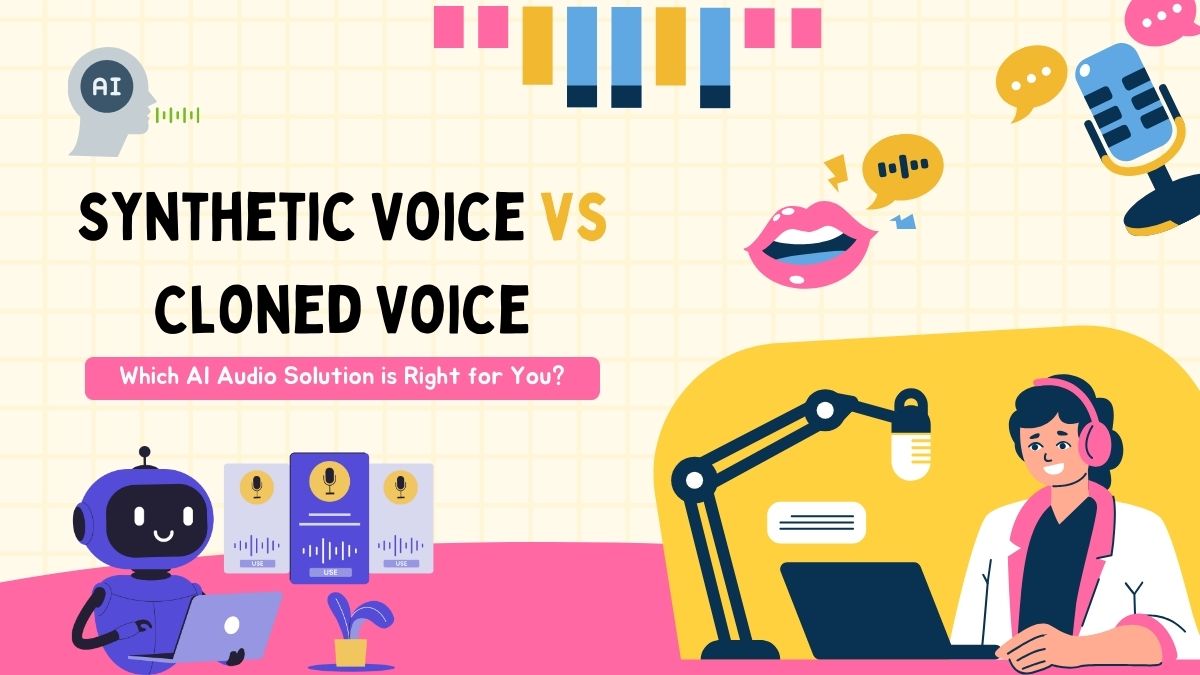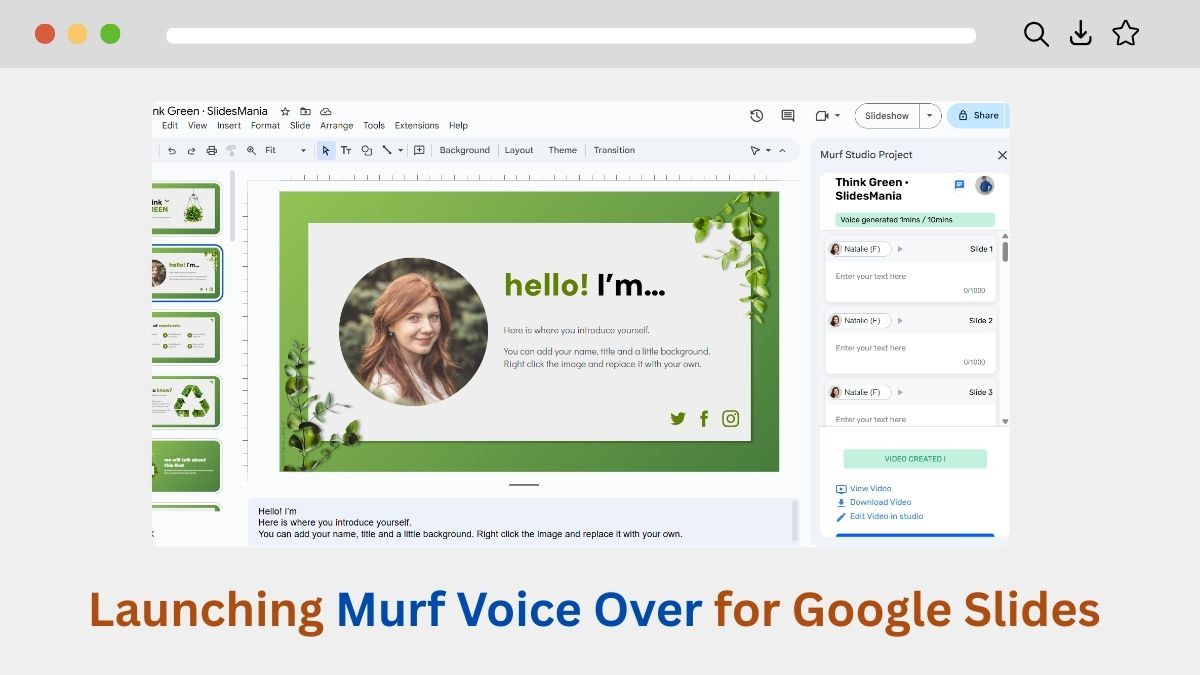It only takes seconds to transform your words into a lifelike, expressive voice. AI text-to-speech (TTS) technology brings your scripts to life with realistic tones, emotions, and pacing, all without recording a single line in a studio.
The right techniques can be used by anyone to create professional-sounding AI voiceovers that captivate audiences. You’ll learn how to master AI narration in this guide, from scripting to pacing and emotional delivery.
Contents
Why Intentions Matter in Your Scripts
Before generating your AI voiceover, focus on clarity and intention in your script. AI can easily misinterpret complex sentences or mixed emotional cues. Breaking your script into smaller, focused sections ensures that each part conveys the exact tone and message you want.
Pro Tip: Highlight the key emotion of each section in your notes. For example:
- “Excitedly narrating a surprise”
- “Calmly explaining a tutorial step”
- “Suspenseful reveal”
By guiding the AI with clear intentions, your voiceover will sound more natural and emotionally engaging.
Short Sentences Keep Your Audience Hooked
Long-winded sentences can make AI-generated speech sound sluggish or confusing. Short, crisp sentences improve clarity and make your voiceovers feel professional.
Example:
- Less effective: “I can’t believe what happened next, it was something completely unexpected and caught everyone off guard.”
- More effective: “I can’t believe what happened next. It was completely unexpected. Everyone was caught off guard.”
Breaking your script into concise sentences allows for better pacing and makes it easier for listeners to follow.
Add Depth With Rhythmic Narration
The key to human-like AI voiceovers lies in rhythm and emotional cues. Adding descriptive phrases directly into your script can help guide tone and delivery.
Tips for rhythmic narration:
- Use emotion cues: “she whispered nervously” or “he shouted in excitement.”
- Vary sentence length: Mix short and medium sentences to create a natural flow.
- Adjust pacing: Faster for excitement, slower for suspense or sadness.
AI Voice Example:
“I can’t believe it,” she whispered, trembling with fear. “Did that really happen?”
Tip: Use descriptive cues like whispered, trembling with fear to guide AI narration.
By layering descriptive cues and pacing, your AI voiceovers gain emotional depth and sound closer to real human speech.
Perfect Pauses Make a Voiceover Sound Natural
One common mistake in AI narration is omitting pauses, which can make speech feel robotic. Natural speech has rhythm, and so should your AI-generated voiceovers.
How to add realistic pauses:
- SSML breaks: Most TTS platforms support
<break time="1s"/>tags to insert timed pauses. - Punctuation cues:
- Ellipses (…) for hesitation: “I… I don’t know what to say.”
- Dashes (—) for interruptions or urgency: “I told you—wait, what’s happening?”
Pro Tip: Use pauses sparingly. Too many can make the voice sound choppy or unnatural.
Experiment With Voices and Languages
Modern AI TTS tools allow you to generate voiceovers in multiple languages and with different voice personas. Experimenting with different tones, accents, and styles can make your content more engaging and accessible to diverse audiences.
Tips for multi-language narration:
- Match the voice style to your content type (friendly, authoritative, or dramatic).
- Adjust pitch, speed, and intonation to suit the language and context.
- Test with short scripts before producing longer content.
💡 Fun Fact
Did you know? Modern AI text-to-speech tools can generate realistic voiceovers with natural intonation, emotion, and perfect pauses—helping creators save hours of recording and editing time.
Save Time Without Sacrificing Quality
AI voiceovers are not only creative tools but also time-savers. Gone are the days of costly studio recordings and time-consuming edits. By combining proper scripting, pacing, and emotional cues, you can produce polished, lifelike voiceovers in minutes.
Whether you’re producing eLearning courses, podcasts, marketing videos, or YouTube narration, AI TTS allows you to focus on storytelling and creativity while automating the recording process.
Final Thoughts
Creating professional AI voiceovers is all about clarity, pacing, and emotion. With intentional scripting, rhythmic narration, and realistic pauses, your AI-generated voice can captivate listeners just like a human narrator.
Start experimenting with your scripts today, layer in emotional cues, and don’t be afraid to adjust pacing for dramatic effect. With these techniques, your AI text-to-speech projects can achieve professional results, save time, and leave a lasting impression on your audience.
Your next AI voiceover masterpiece is just a script away! 🚀
Hello, I’m Rohit Kumar, the creator of KrishnaEditz.in. I write about AI voice technology, text-to-speech, and speech-to-text tools helping readers understand, compare, and use these technologies effectively.






